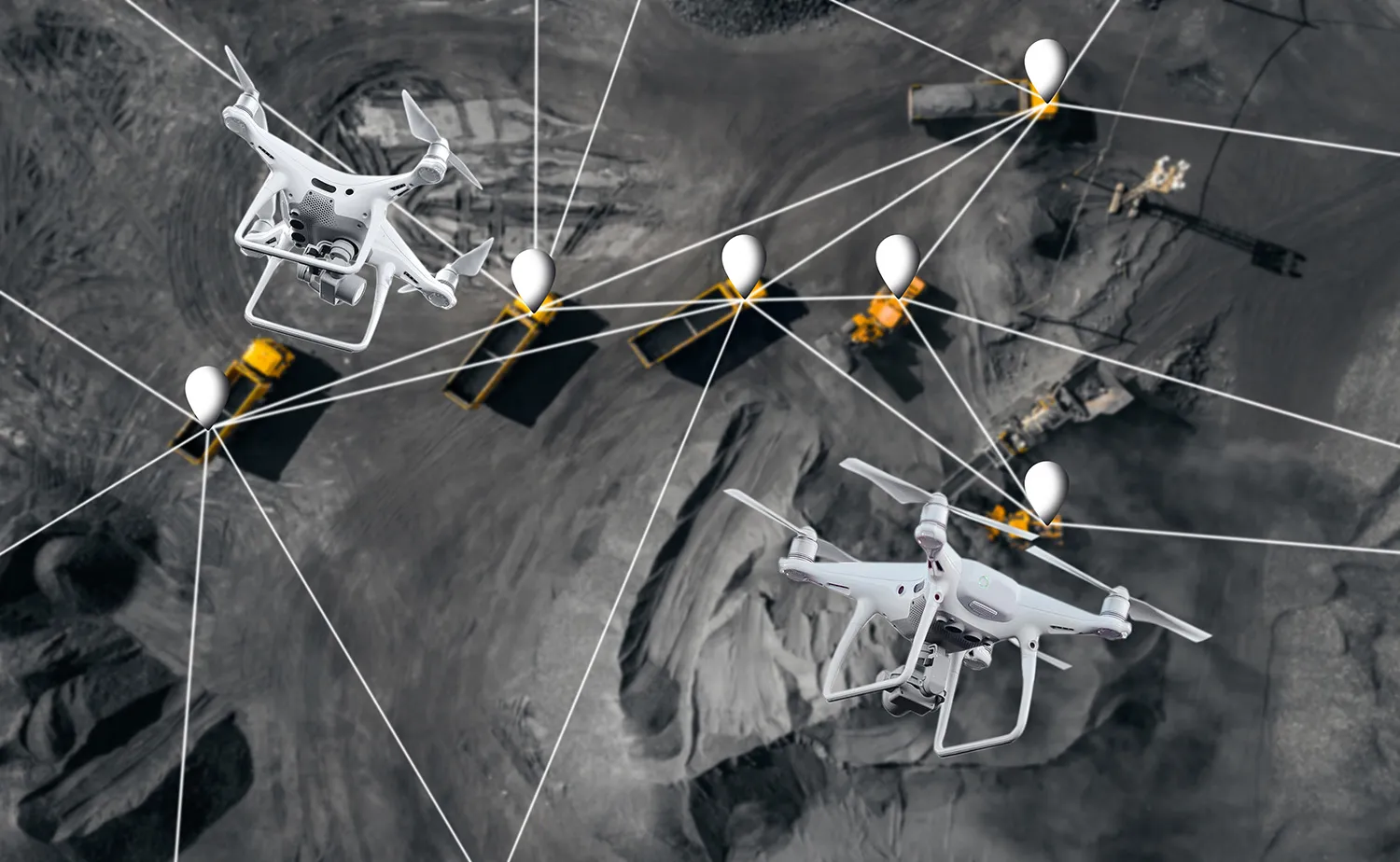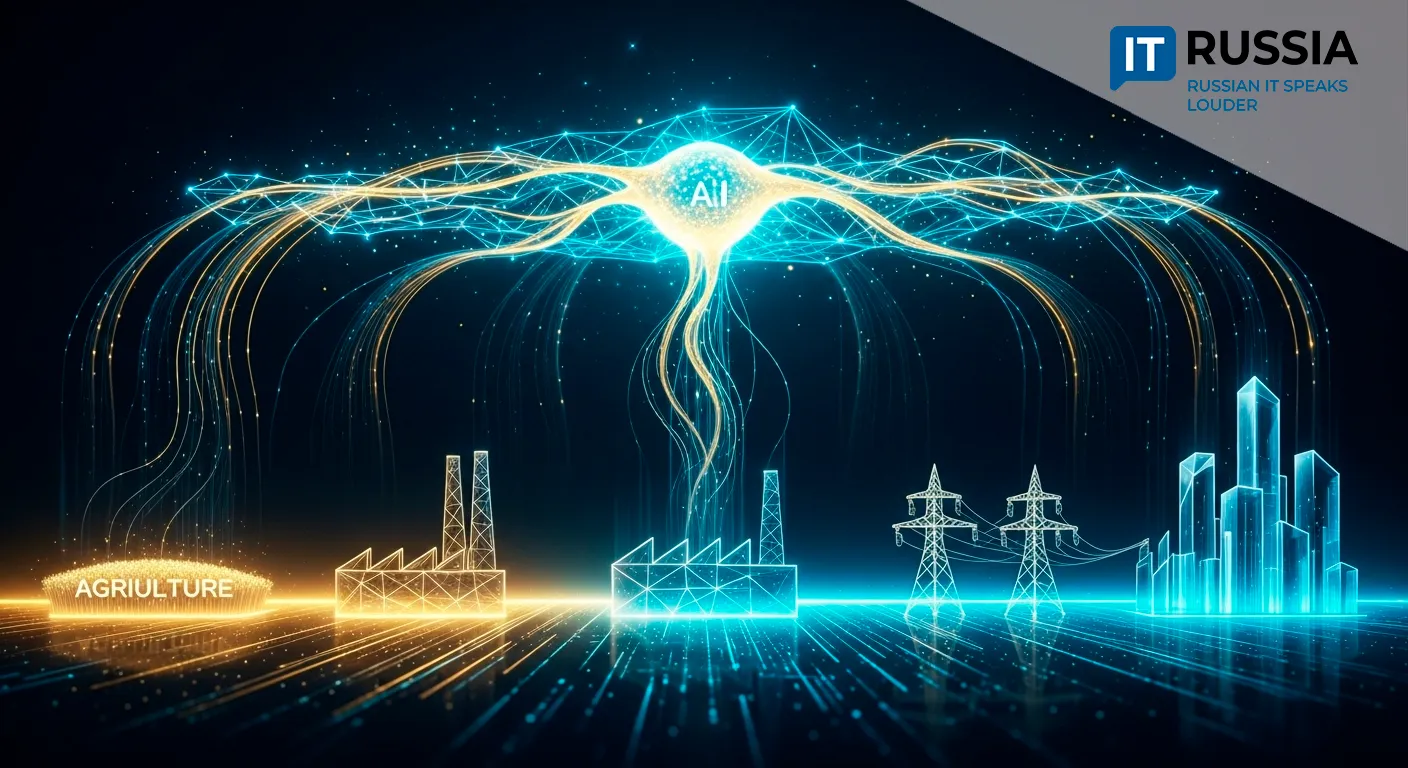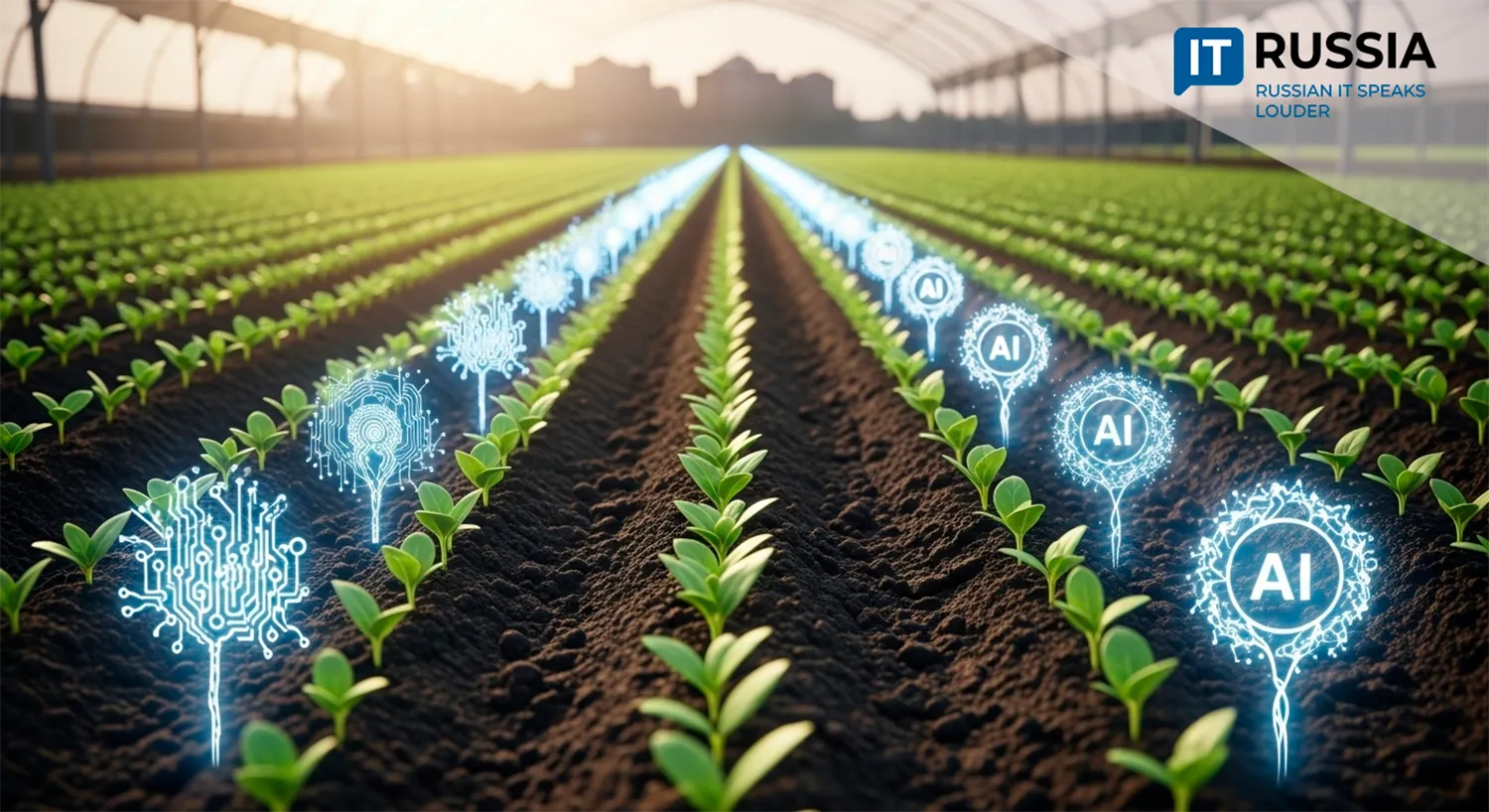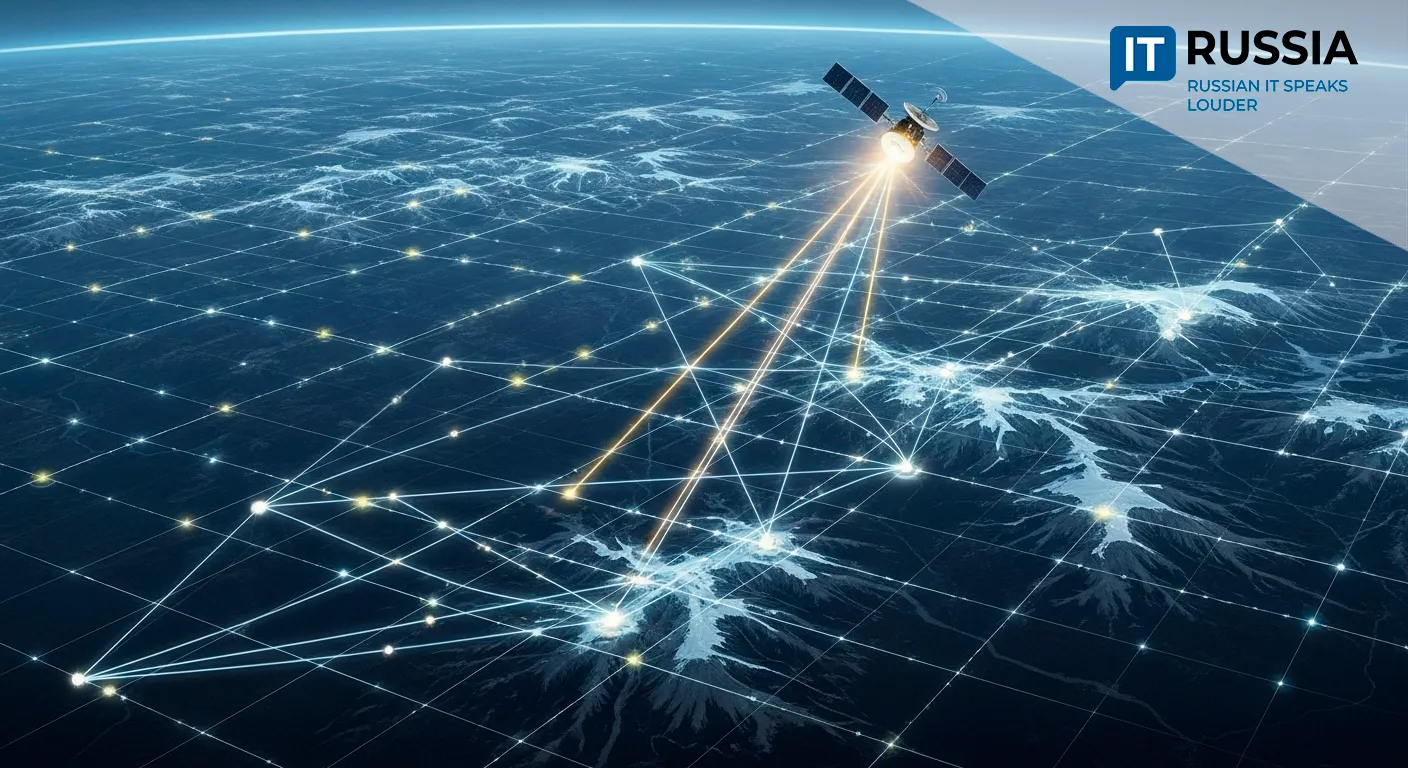Digital Mosaic: AI and Satellite Tech Boost Crop Planning in Russia
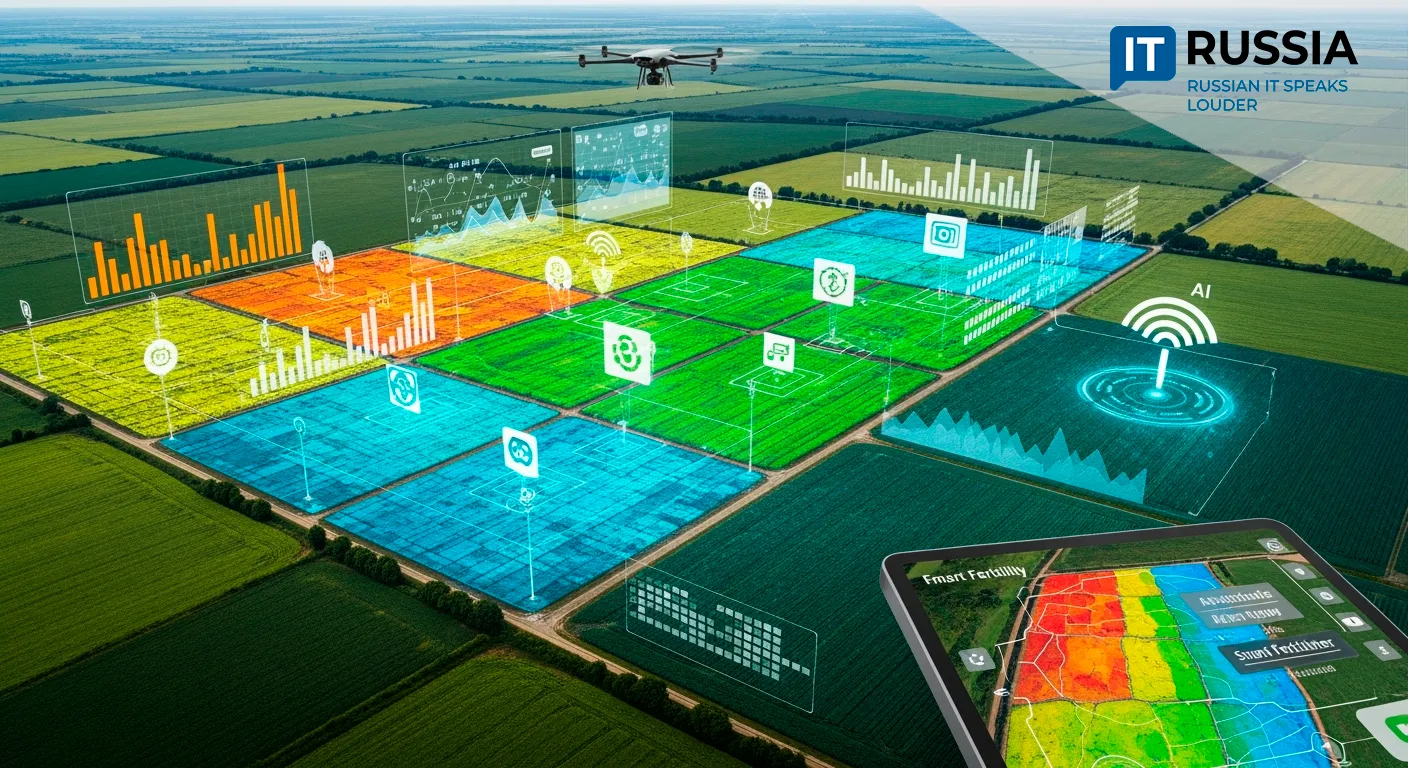
Researchers in Siberia have developed a precision agriculture system using AI and satellite imagery to customize fertilizer application and increase grain yields while protecting the environment.
Customized Fertilization Through AI and Satellite Mapping
Traditional farming methods often treat fields as uniform spaces, applying the same amount of fertilizer across the entire area. This approach fails to account for natural variability in soil composition—even within a small plot. As a result, some areas receive insufficient nutrients while others are over-fertilized, negatively impacting both crop health and environmental sustainability.
To address this, scientists at the Krasnoyarsk Scientific Center of the Russian Academy of Sciences have developed a method for creating fertility maps that segment fields into zones of varying productivity. Fertilizer is then applied with pinpoint accuracy, ensuring that every square inch of soil gets exactly what it needs.
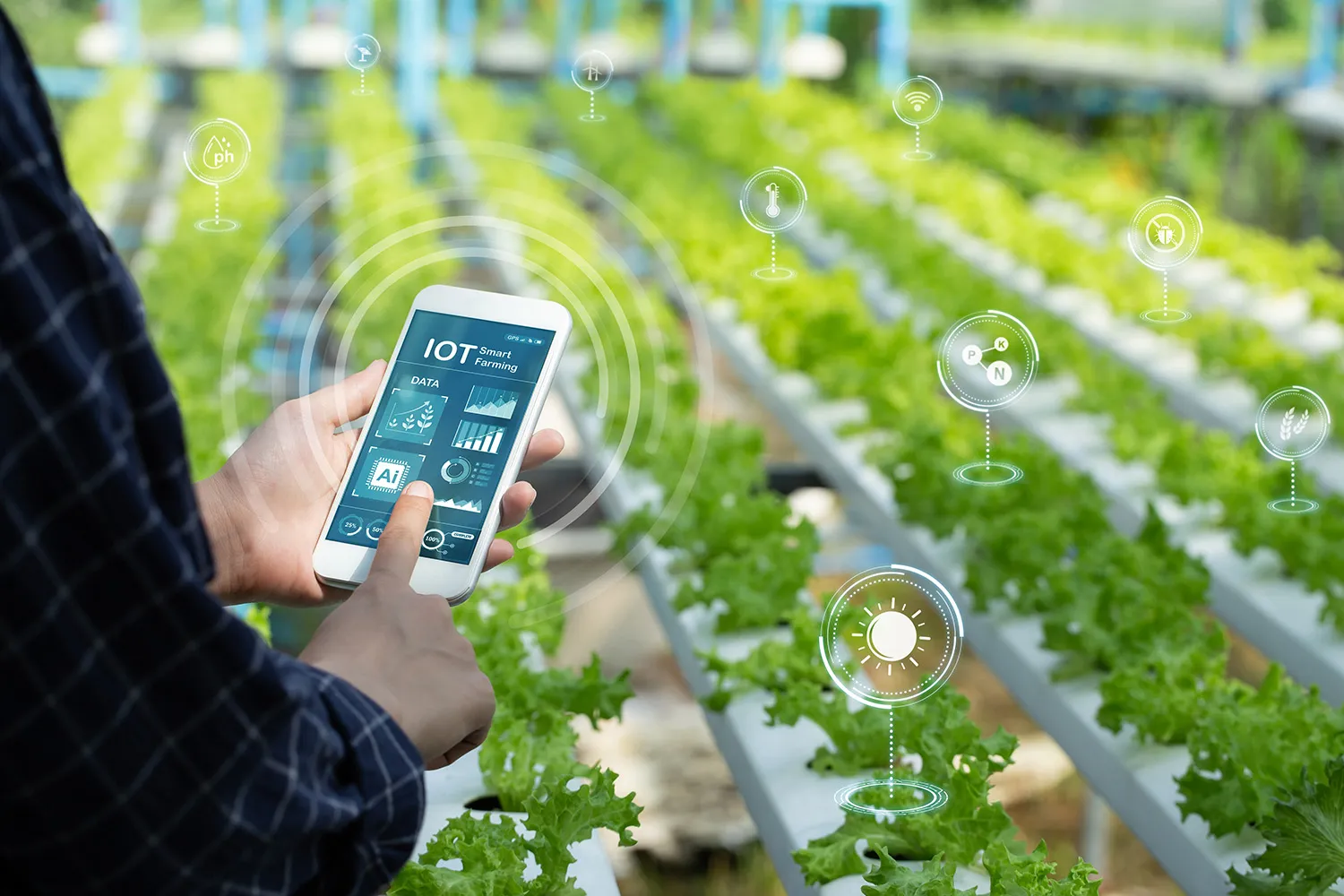
These maps are generated from satellite and drone data, creating detailed digital mosaics. Using AI-powered software, each zone is evaluated, optimal nutrient quantities are calculated, and automated instructions are generated for equipment to apply fertilizers with precision.
Improved Harvest Quality and Reduced Costs
Field trials show that this precision
system improves both the quantity and quality of grain yields. The method was
successfully tested at the Kuraginskoye experimental farm.
“In our wheat test plots, we saw more uniform ripening and improved grain quality compared to control fields with blanket fertilization,” said Irina Botvich, head of the Biophysics Institute lab under the Russian Academy of Sciences.
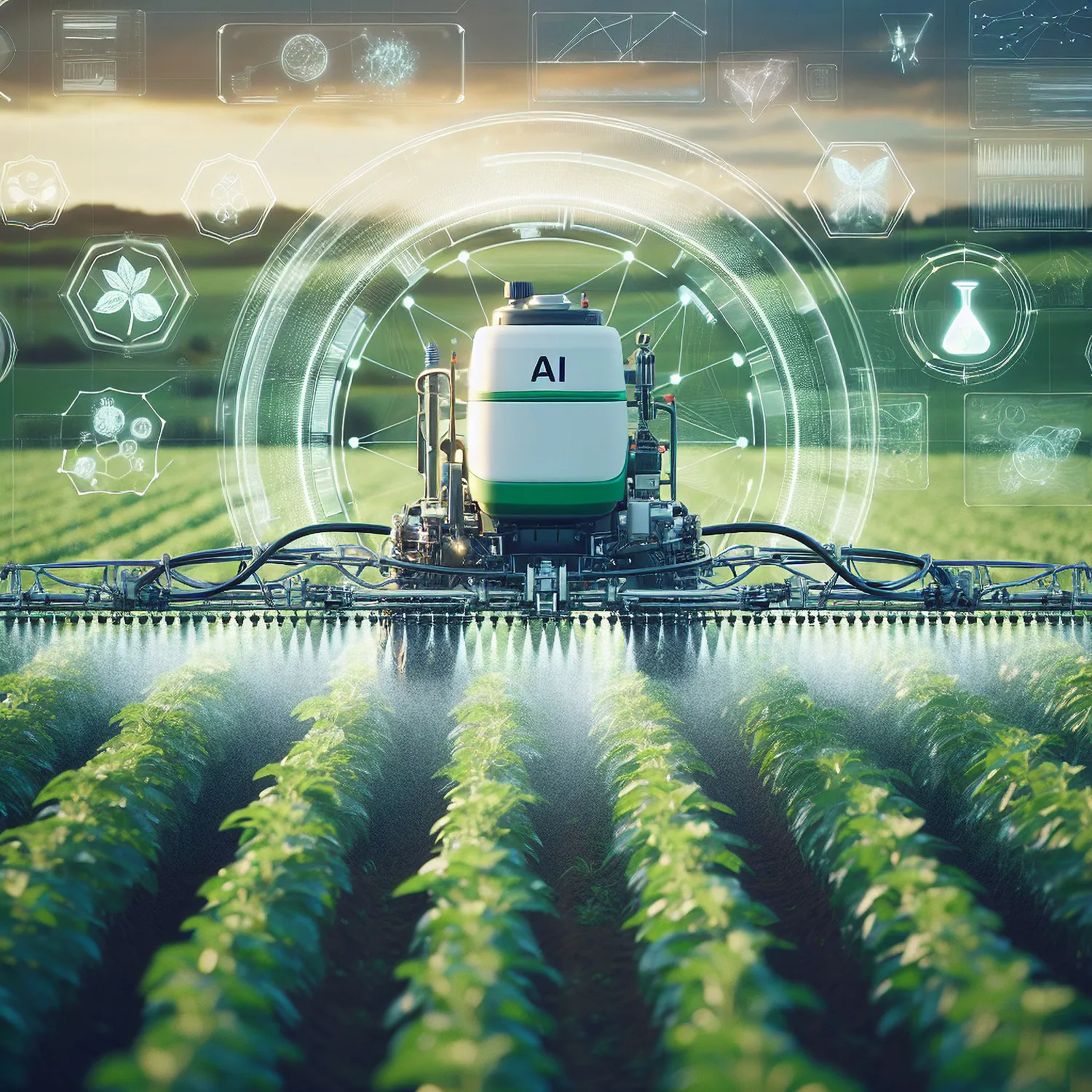
“Uniform crop ripening is critical. It enables more efficient harvesting and reduces risks from rain and weather events. It also ensures consistent grain maturity, which directly affects its quality and future processing. Plus, fertilizer use can drop by as much as 30% in some fields, reducing both costs and environmental impact.”
From Field Efficiency to Business Growth
The technology not only cuts production costs but also improves grain market value. Uniform ripening reduces losses during harvest, while better yield forecasting supports streamlined logistics and storage planning.
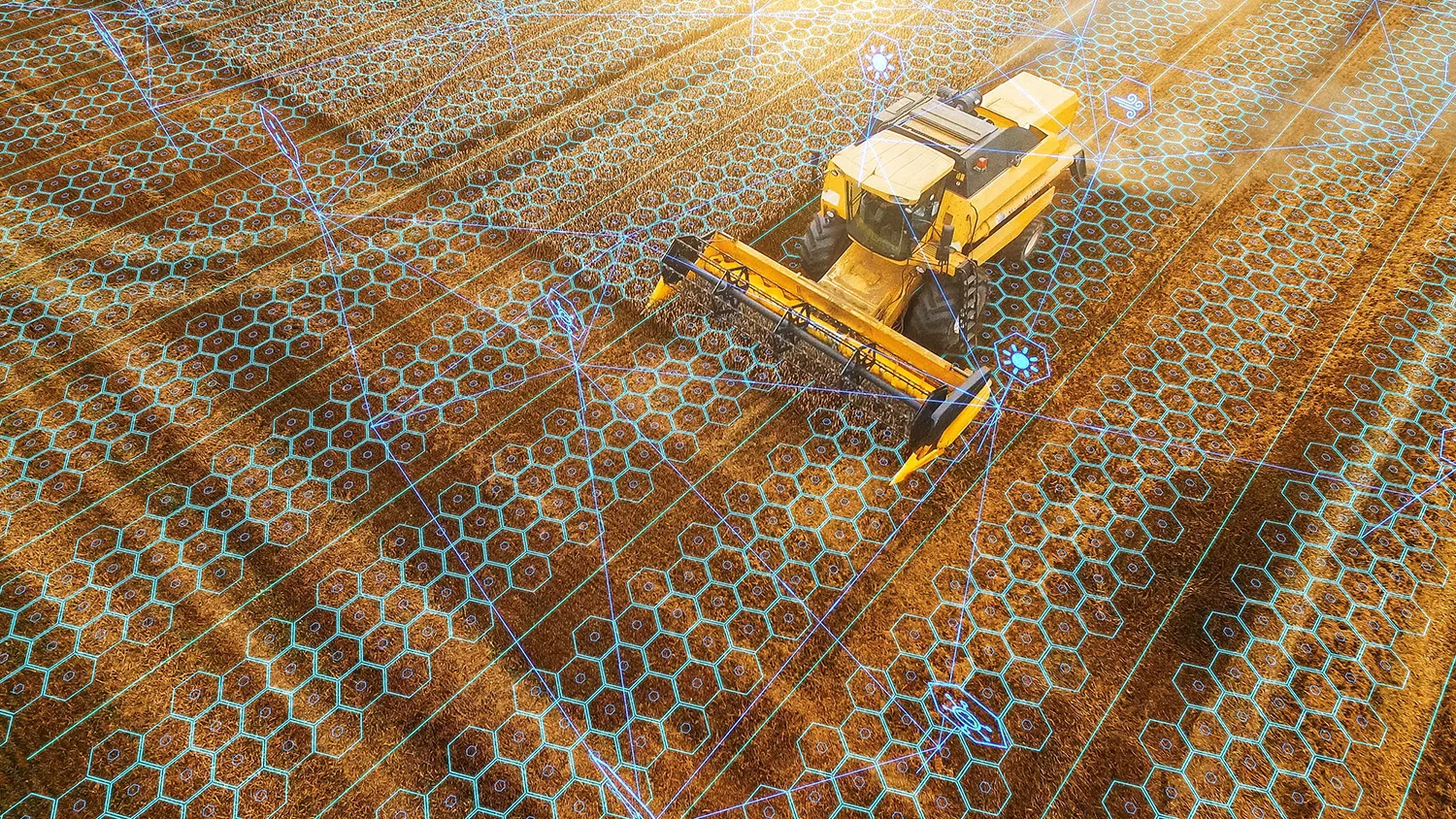
Developed as part of Russia’s national Digital Agriculture initiative, the system is adaptable to different soil and climate conditions, making it a versatile tool for transforming the country’s agtech landscape.
Over the next two to three years, it will become part of Russia’s precision farming toolkit. With scale-up potential across the country, experts predict that by 2027, these technologies will form the standard for modern Russian agriculture.
With proven results and real-world applications, this Siberian innovation is already a viable export product—particularly for CIS and developing countries with similar agricultural challenges.













